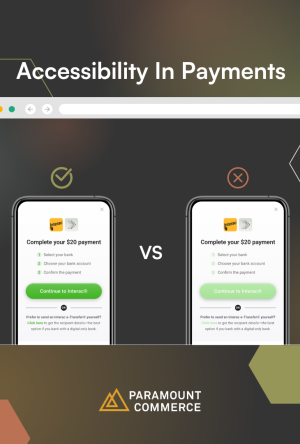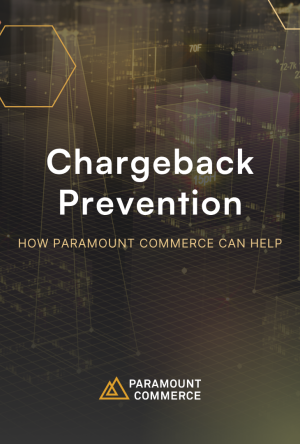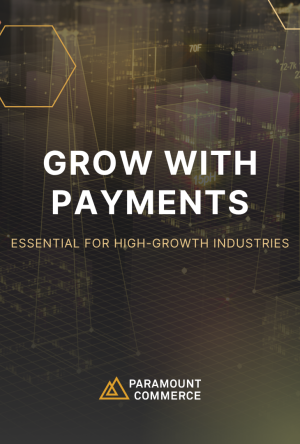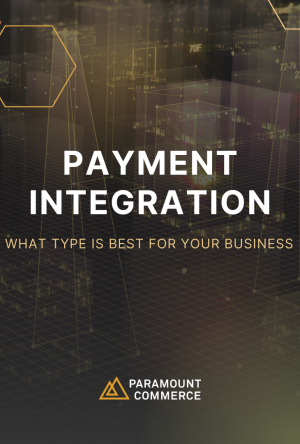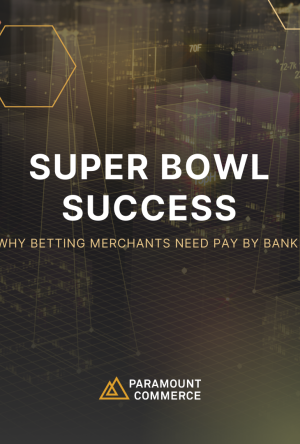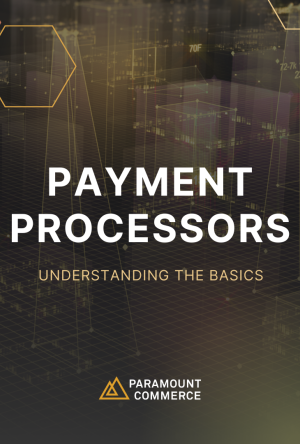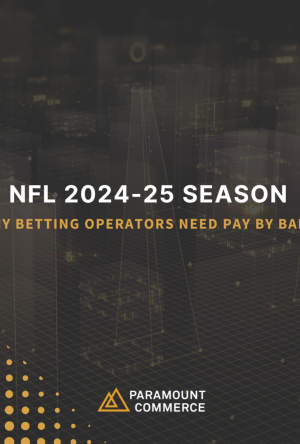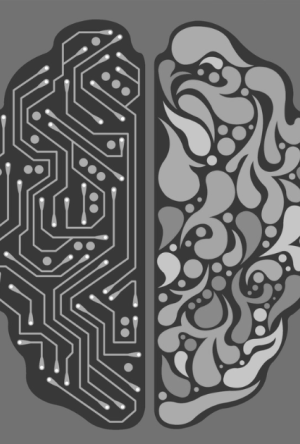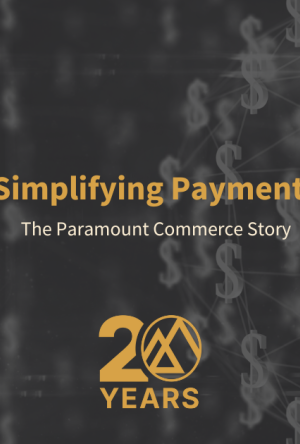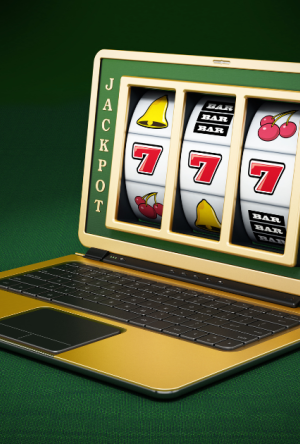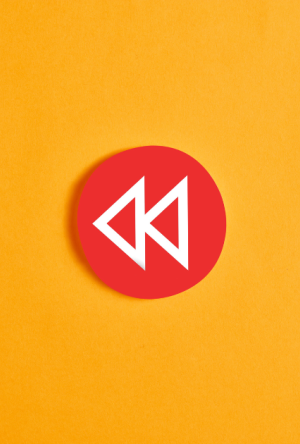
The Importance Of UX/UI With Saulo Dourado
User Experience (UX) and User Interface (UI) are terms we often hear within the tech industry, but we don’t always fully understand their importance. They represent a vital part of how businesses or consumers interact and experience a product. UX and UI aren’t limited to just design and interactive elements—they go deep into understanding a user’s behaviour. With this knowledge, UI/UX designers are able to make better applications and products. To understand the role UI and UX play within the payments and iGaming industries, we spoke with Saulo Dourado, the Lead Product Designer at Paramount Commerce.
Q1: Can you briefly describe the roles of UX & UI?
Dourado: UX stands for User Experience. It is a broad umbrella that covers the multiple interactions a user has with a product.
UX design is mainly about bringing the user’s voice to the company. So when a player deposits money through one of our payment solutions they are using UX design elements, which allow them to experience a seamless payment journey. We listen to our user’s needs and then bring them forward to our team where solutions are proposed, validated, and tested. It’s critical that what we’re doing is useful to them.
UI stands for User Interface. And it’s basically the visual surface and elements that people see, click/tap, and interact with. From a design perspective, UI design is an important part of the bigger UX umbrella that is about making sure that the information displayed is clear and aesthetically pleasing.
Q2: How important is it that both UX & UI design complement each other?
Dourado: Because UI is part of UX, it’s not necessarily about complementing but more the support they provide for each other. UX is more about understanding and setting the larger directions about what should be presented, in which order, and how the tasks are going to be performed. UI then translates all these directions into a physical format, in that users can see these visual elements, so they function like a team. So having both elements locked in with each other is very important. Also while in most cases we deal with screens (cell phones and desktops for example), some experiences don’t have a UI. For example, when I use my voice to activate a command on my smartwatch.
Q3: Who are your go-to inspirations for UI/UX?
Dourado: I have different inspirations for UI and UX.
The users: On a day-to-day basis, my biggest inspirations for UX are the users themselves. Through usability testing, interviewing, and gathering content, our users allow us to constantly improve. Without the users, it would be tough to better our solutions—they are the go-to inspiration.
The competition: It’s also a part of our work as designers to study other designers and applications, finance and non-finance because through this we are able to discover additional unique features and designs that make us realize, “Oh, that may help one of our problems.” So all applications or designers can also become an inspiration.
The experts: So there are also many books and authors that I find inspiration from. Sprint by Jake Knapp has become pretty famous. Lean UX by Jeff Gothelf and Josh Seiden is good too. Also, there’s Don Norman, who is a prominent figure in the design community. Apart from that, Medium has a good influx of interesting articles which I enjoy reading. And I also have been taking a lot of web training to continuously learn new things and be inspired.
Q4: Which companies are doing UX/UI right?
Dourado: As UX becomes more and more mature, most companies have invested in UX/UI. It’s not like before when Apple cared about it and Microsoft did not so much. A name that comes to mind is Notion. It’s an app that started as a knowledge management/text editor tool, but it has many great features. It’s very user-friendly. And from a design perspective, they created new ways to create documents. Many companies are now replicating their features and interaction style. They did something new: the idea of having different blocks of content and quick shortcuts makes them very shareable.
Q5: What is the process of creating UI elements for a payment solution?
Dourado: As payment processors, we are not the full application—our flow appears within the merchant’s application. The process starts and ends with the merchant, but we are a step in-between. So, we need to ensure that the whole flow makes sense for the end user.
From a process perspective, we have a design component library, which is made up of ‘blocks’. So when we are designing the UI, we try to utilize these blocks as much as possible. While this improves speed to market, it also makes the UI more unified and easier to understand for our users. For example, if we have 20 different screens, all the screens follow the same structure and work the same way.
Q6: What role do you see UI/UX playing in the payments sector and the iGaming world?
Dourado: UI & UX elements play an important role in bringing the consumer’s voice to payments and the gaming industry. In a newly regulated gaming market, it is challenging to know what consumers are looking for. But through interviews and user testing, we gather important data which will allow us to understand the requirements and behaviours of consumers. Through talking to the users and testing how they interact with our products, we’ve noticed they have particular behaviors for iGaming and for using payment services inside iGaming applications. And then it’s about, what do we do with this information? And how can we use this information to make our product better or to even create new types of products?
Q7: What is your process to continually improve UI & UX elements as time and technology progress?
Dourado: There are two important components in continuously improving UI & UX elements: discovery and validation. Discovery is essentially figuring out what to do, while validation is checking to make sure that what we implemented works (or not). Collecting information regarding a product, business, or its users aims to improve a specific product’s design.
Additionally, in the pursuit of understanding consumers better and putting more focus on the discovery aspect, our team is putting more weight on something called continuous interviewing. Through continuous interviewing, we plan on keeping in touch with our users regularly with the hope of having early insights into new products or features coming into the market. This will give us better information on how people are gambling or making payments in the gaming sector.


